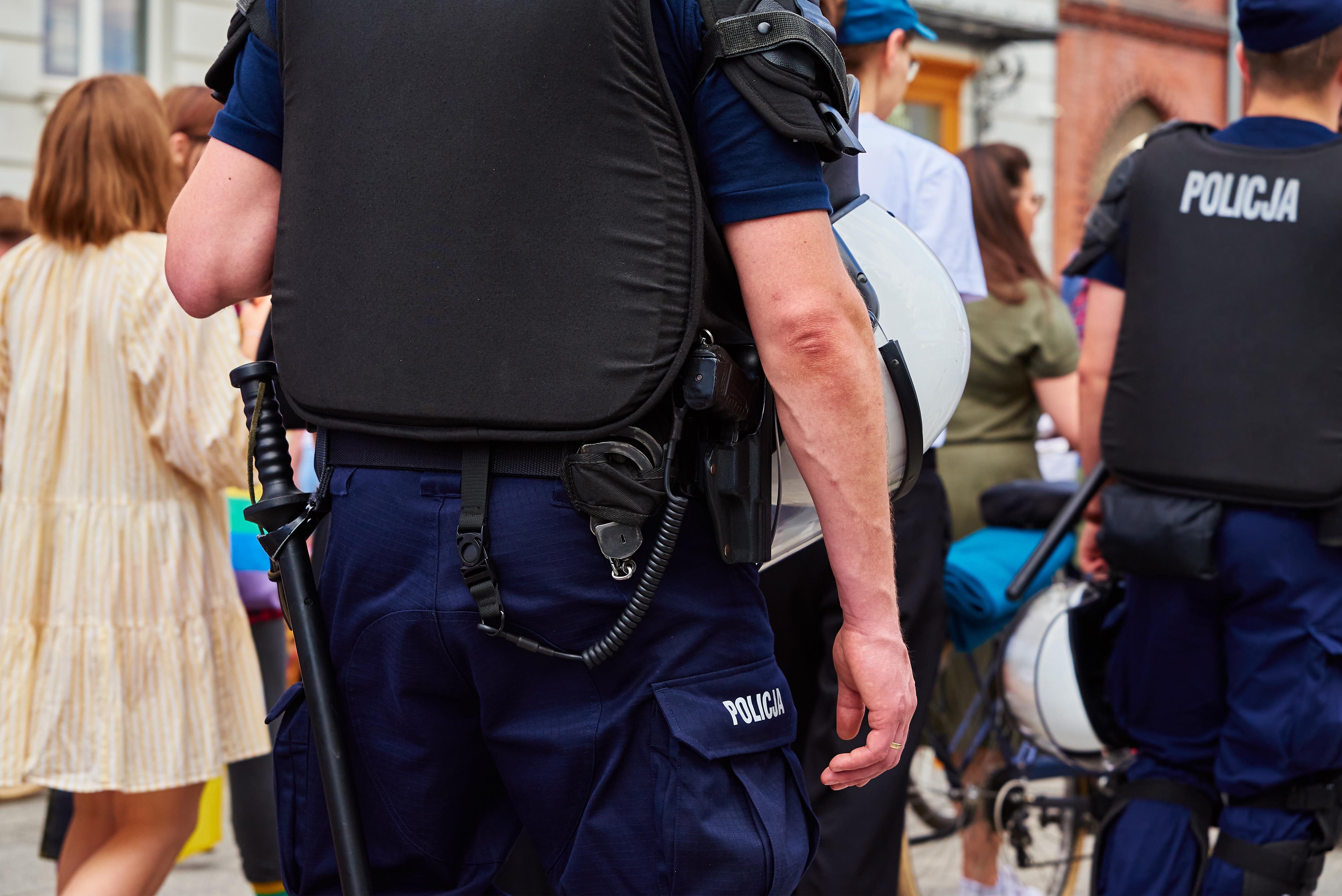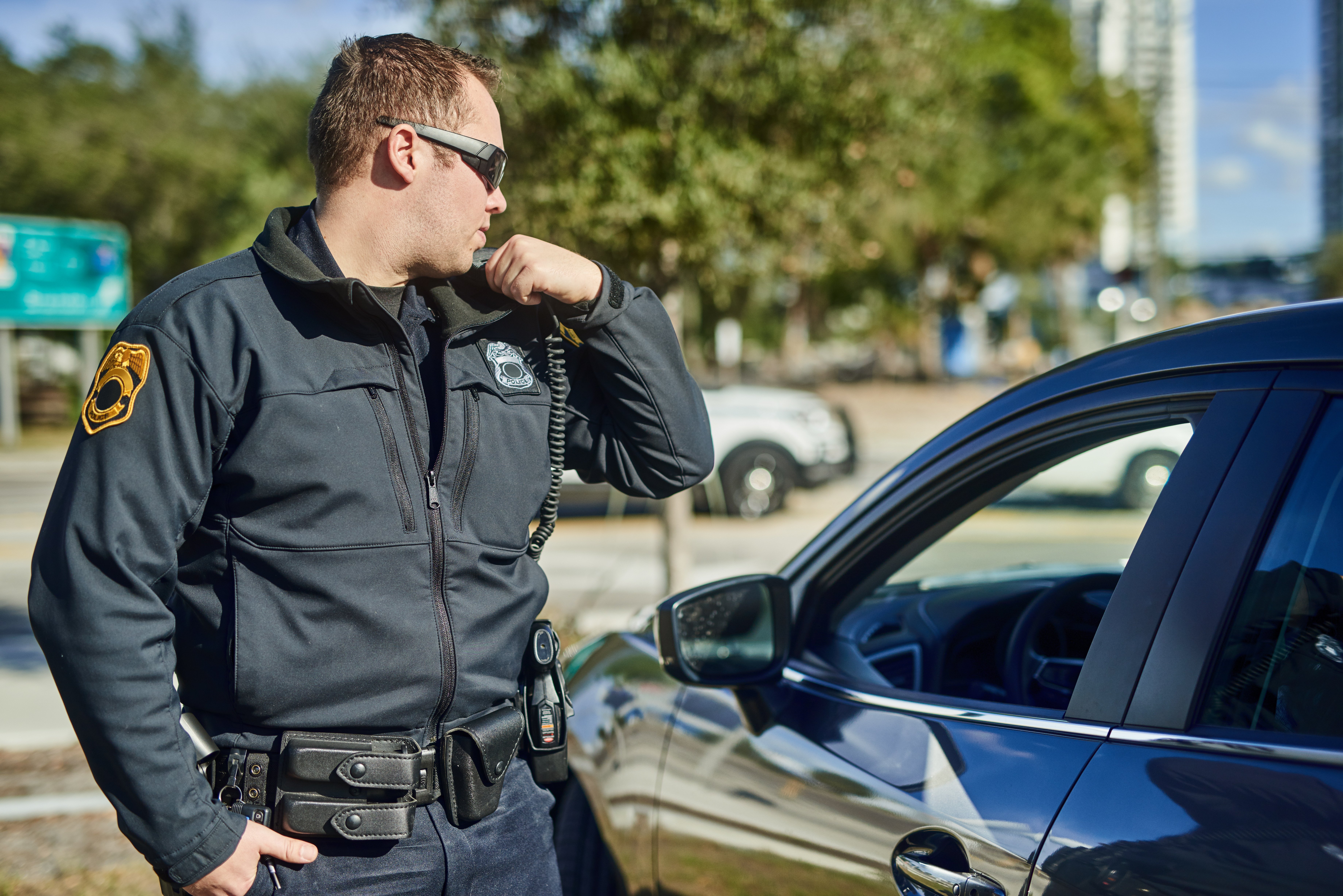Over the past few weeks, some organizations have approached me to evaluate their Less-than-Lethal options. What are Less-than-Lethal options? Well, they come in many different forms. They are meant to provide options to those who are trying to de-escalate a potentially violent confrontation without resorting to the use of deadly force, generally a firearm. The law enforcement and military communities have been using these less lethal options for many, many years with great success. However, there seem to be conversations that lean almost exclusively to the more familiar lethal options. I don’t ever recall hearing a discussion about giving school staff a less-than-lethal option. The only conversations I hear are about whether or not we should allow teachers to carry firearms. Wouldn’t it make sense to offer options that aren’t likely going to result in the death of one or more people?
In the “Use-of-Force Continuum (UOFC),” there are many options for those who seek to de-escalate and control a situation. For example, when looking at the UOFC for law enforcement, command presence and voice commands are near the bottom, with lethal force at the top, meaning the last resort. The UOFC always aims to use the least amount of force necessary to de-escalate and control the situation. To shift from responding to violent issues toward prevention and mitigation, we need options beyond arming teachers, civilians, or adding more police. You need options. There will be many more instances where less-than-lethal options would be used rather than their lethal counterparts. When we say, “Stop the Killing, Stop the Dying, and Start the Healing,” that doesn’t always mean we have to use lethal force. We suggest that if we can prevent it before it starts, we are winning the battle. While less-than-lethal options are not meant to be used when a violent attack is occurring, they can be instrumental in helping prevent it from escalating to that point.
Before we talk about the options available, I would be remiss if I didn’t discuss some of the cons of having these options available. Like every other tool available to us during any emergency, to deploy it, the person deploying the tool must be fully trained and competent in its use. While we use the term “less-than-lethal,” the use of these tools can and have caused injuries and fatalities usually when the tool was used in a manner that wasn’t its intended use, or sometimes, the unforeseen consequences are realized. There are also many “lethal” weapons and tools that can be used in a non-lethal manner. However, using any of these tools, both lethal and non-lethal, may result in injuries that were not intended. The cautionary word here is that you must be trained and able to justify its use and its outcome. And, of course, if you have a less-than-lethal tool but misuse it, you will likely have unexpected results. There must be policies that allow for the possession and use of these tools, and in many cases, state laws will have to be changed. As always, consult with your legal counsel before implementing any program that involves lethal and less-than-lethal options.
Discussing less-than-lethal is all-encompassing. Almost anything you do to de-escalate or control a situation not intended to be lethal can be considered less-than-lethal. There are many options, some more effective than others. Using the right tool in each situation is key. Let’s examine some significant categories of less-than-lethal options: impact, projectile, irritants, distractionary, restraining, and others.
- Impact weapons: These are human-powered and meant to strike or impact the targeted subject to induce compliance. Examples include police batons, flashlights, fists/punches, and objects thrown at the subject.
- Projectile: Projectile weapons are those propelled or launched from a firearm that impacts the subject in a manner that has a low expectancy of causing injury or fatality. Examples of these are bean bag guns, pepper ball launchers, rubber pellet launchers, etc.
- Irritants: Irritants are typically sprayed on a subject or introduced into an environment through smoke, a fogger, or a launcher. Examples include pepper spray (OC) and mace.
- Distractionary: Distractionary devices can vary greatly. They can be as simple as throwing objects (my personal favorite is the hockey puck) at someone to distract them and get an advantage over them. The commercially available distraction devices include flashing strobe lights, loud noises, sirens, PA systems, etc.
- Restraining: These devices have come into the spotlight over the past few years. These devices are meant to restrain someone using a spray, nets, or wrapping device. When used properly, these devices can bind a subject so they can no longer attack or until they calm themselves.
- Other: While anything you can think of that is not included above can fall into this category, I want to focus on the use of K-9s. These dogs are specifically trained to accomplish a specific set of tasks. For example, bomb sniffing, drug and gun detection, and those dogs that are specifically trained to stop a shooter from shooting any further.
As with everything related to school safety, nothing is linear or binary. We all need options. But the more options you have, the more effort it takes to become proficient. The options provided to you with less-than-lethal choices allow you to pick the best tool for the situation. Less-than-lethal options prioritize life over its alternatives. Additionally, the use of these options reduces the trauma experienced by those involved.








.png)



No Comments Yet
Let us know what you think